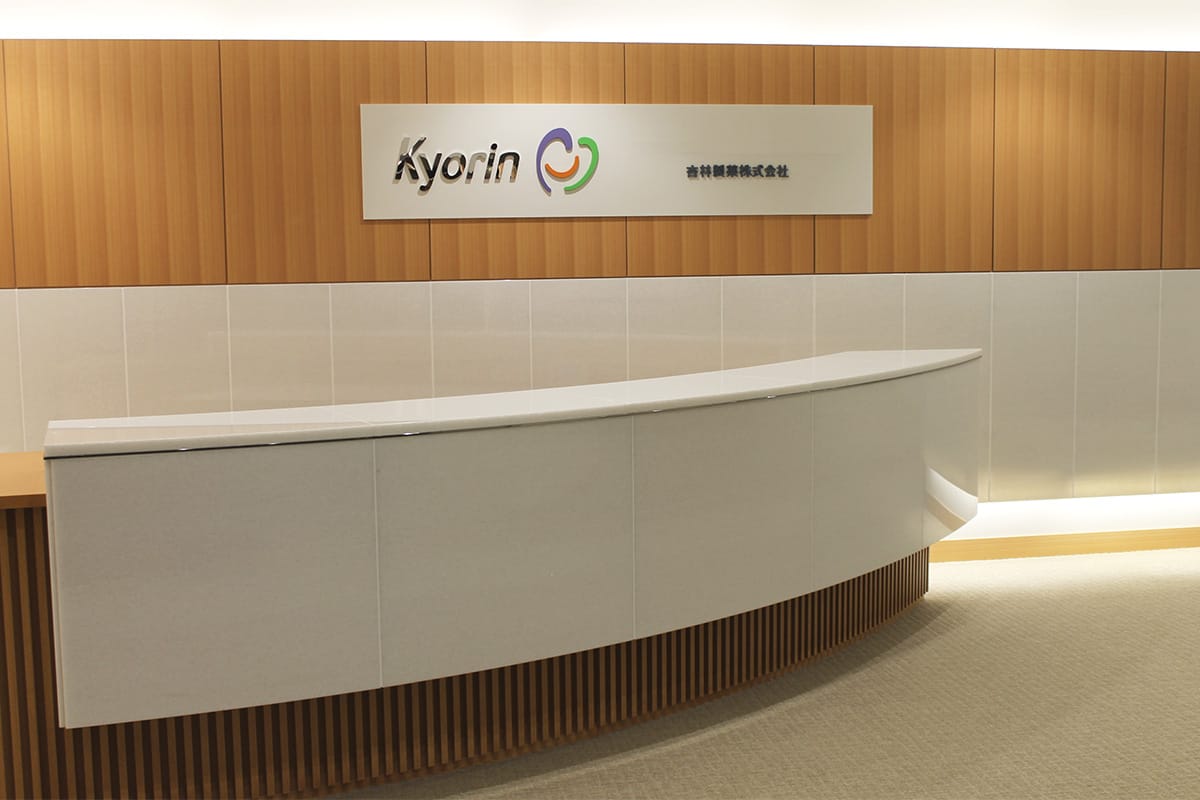Providing patients a stable supply of high-quality pharmaceutical products is the essential mission for Kyorin as a pharmaceutical company. As product quality standards become increasingly strict, manufacturing costs rise, and manufacturing technologies become more sophisticated, the Kyorin Group is responding to calls for stable supplies by bolstering our reliability assurance system while strengthening our supply chain management and working to increase production capacity and reduce manufacturing costs.
With the Takaoka Plant commencing operations in April 2024, we have established a four-plant manufacturing structure. We are pursuing overall optimization for our product lineup and working to maximize our product supply capacity, while continuously investing in manufacturing resources and reducing costs through process improvements, to create a sustainable manufacturing structure. All departments are working closely together to enhance reliability and maintain stable production by raising GxP* levels. Amid heightened demand for continued high quality and safety, the Kyorin Group is pursuing businesses including diagnostics and the development of therapeutic applications in addition to pharmaceuticals.
By responding flexibly and swiftly to these internal and external changes, we are contributing to people’s health by providing a stable supply of high-quality products in compliance with relevant laws and regulations.
* Various management standards in areas including pharmaceutical products
Changing environment
- Increasing demand for pharmaceutical companies to ensure reliability
- Diversification and increasing complexity of drug discovery modalities and basic technologies
- Rising manufacturing costs and increasingly sophisticated manufacturing technologies
- Increasing geopolitical risks
Opportunities
- Growing demand for high-quality products and stable supplies
- Increasing demand for generic products associated with measures to curtail drug costs
- Growing need for subcontracted manufacturing for foreign companies entering the Japanese market
Risks
- Annual drug price revisions that translate to higher cost of sales ratio
- Higher raw material prices due to increasing crude oil prices and logistics costs
- Emergence of quality issues in domestic and international supply chains
Medium-term business plan
Vision 110 –Stage1– initiatives
Business StrategyStrengthening production capacity for drugs and reducing manufacturing costs
Maximizing production capacity and reducing costs
- Maximize production capacity through reliable operation of Takaoka Plant and overall optimization of other plants
- Improve reliability and maintain stable production by raising the GMP level
- Reduce costs through continuous improvement activities
Strengthening reliability assurance system to support comprehensive Business development
- Strengthen our legal compliance system for pharmaceutical matters
- Promote prompt and reliable responses to changes in the environment surrounding reliability assurance
Initiatives under the medium-term business plan
Takaoka Plant operations
The Takaoka Plant, which commenced operations in April 2024, was built in response to the need for increased capacity to raise production of ethical drugs. The plant has an annual production capacity of approximately 2 billion tablets (solid oral formulations). To be mainly engaged in generic drugs production, the plant was built to respond flexibly with the manufacture of all products in addition to those produced in large quantities.
As a facility where levels for GMP (good manufacturing practice, a standard for the manufacture, management, and quality control of pharmaceutical products) can be raised further, we are working to improve manufacturing efficiency by reducing some operations, eliminating others, and pursuing labor savings to facilitate stable supplies and low-cost manufacturing. In terms of the environment, the plant was designed to significantly reduce CO2emissions compared with those of existing plants. We are working to limit its environmental impact by actively utilizing liquefied natural gas (LNG), other clean energy sources, and renewable energy sources including hydroelectric power generation.
We are treating the improvement of plant utilization rates as an important step that will lead directly to the growth of the generic drugs business. We first intend to bring outsourced manufacturing in-house and build a structure for increased production of priority generic products and Mucodyne Tablets, with the aim of subsequently utilizing the plant’s high level of operations by transferring the main production of generics there at an early date.
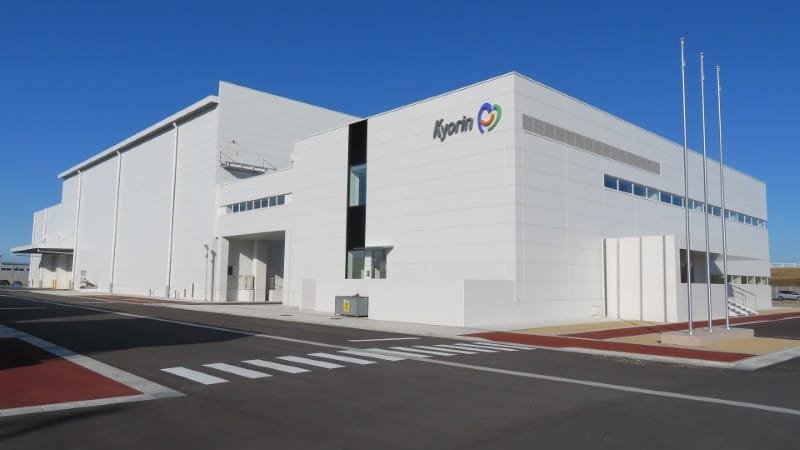
Takaoka Plant
Overall optimization of the manufacturing structure to build a system for stable supplies
To date, we have been proactively taking advantage of the special features of each plant site for the optimal alignment of products to be manufactured, with the aim of maximizing product supply capacity.
At the Noshiro Plant, we have been adding manufacturing equipment and strengthening human capital (securing and training human resources) while manufacturing tablets and capsules, primarily of new drugs.
The Shiga Plant has a high percentage of subcontracted manufacturing sourced from outside the Group, including drugs for the Japanese market sold by foreign pharmaceutical companies. We are proactively promoting subcontracted manufacturing to make it a reliable subcontracting plant.
The Inami Plant primarily handles generic drugs and also manufactures solid formulations taken internally and eyedrops. These three plants are working to raise GMP levels and maintain and improve quality-control systems, while establishing PIC/S* GMP compliance and building a supply system for both domestic and overseas markets.
Going forward, we will pursue further overall optimization and reinforcement based on this four-plant manufacturing structure to strengthen our pharmaceutical production capacity to build a system for stable supplies.
* PIC/S: Pharmaceutical Inspection Co-operation Scheme
Improving reliability and maintaining product quality
With quality requirements for products becoming increasingly stringent, we are further strengthening and implementing the structure for legal compliance and quality related to manufacturing and quality to establish a quality-driven culture. As a result, we are working to maintain quality through various approaches, including cross-facility reciprocal audits of GMP, reinforcement of data integrity (framework ensuring data is complete, consistent, and accurate), regular training and testing of employees, and the use of video to teach standardized operations.
In these ways, we are working to provide products that earn the confidence of patients and medical practitioners.
Increasing manufacturing efficiency to improve cost competitiveness
To establish a manufacturing structure that ensures stable supplies of pharmaceutical products and low-cost production, we are introducing various practices to improve manufacturing quality during the production process, including enhancing manufacturing technologies and acquiring new technologies. Going forward, we will strive to improve manufacturing efficiency by appropriately deploying resources and improving processes to ensure low-cost operations and increases in production volume.
In these ways, we will solidify our structure to improve cost competitiveness.
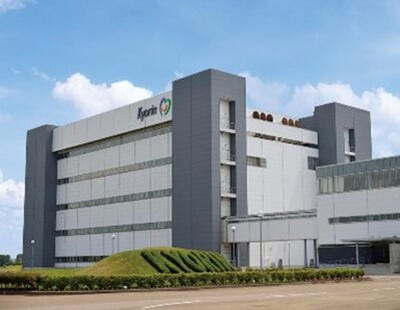
Noshiro Plant
Environment management system: ISO 14001
Occupational health and safety management system: ISO 45001
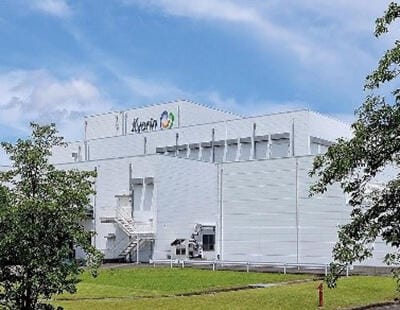
Shiga Plant
Environment management system: ISO 14001
Occupational health and safety management system: ISO 45001
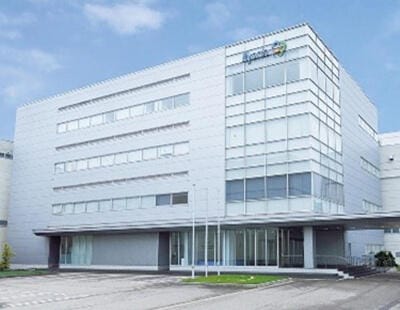
Inami Plant
Environment management system: ISO 14001
Occupational health and safety management system: ISO 45001
Supply chain management (SCM)
As suppliers and partners become more global and modalities more diverse, supply chains are becoming increasingly complex. In response to this changing environment, we are building a structure to monitor and control supply chain flows with the aim of building resilient supply chains that visualize components from upstream raw materials and pharmaceutical ingredient manufacturing to final product manufacturing and supply.
Our pharmaceutical supply chain, which encompasses a wide variety of items including raw materials, intermediates, and pharmaceutical ingredients, is supported by numerous suppliers in Japan and overseas. To continue providing stable supplies without interruption in the procurement chain, we consider it imperative to strengthen relationships with individual suppliers by working closely and sharing information with them. To hedge risks, we are striving to secure multiple alternative suppliers and various transportation routes in addition to our existing suppliers, while pursuing optimization in logistics including importing and exporting, and strengthening our ability to provide stable supplies.
For even greater stability of supplies, we are setting appropriate product-specific inventory standards and procurement plans, while working closely with marketing divisions for flexible procurement that tracks daily changes for products with large seasonal fluctuations or swings in popularity.
Several challenges have emerged in the past few years, including geopolitical risks, exchange rate fluctuations, rising raw material prices due to rising energy costs and semiconductor shortages, and a logistics problem in 2024. Amid this situation, the Kyorin Group will continuously strive to ensure stable product supplies by reducing risks through production planning and inventory coordination with internal manufacturers and external subcontracted manufacturers, while developing multiple and alternative suppliers and improving logistics efficiency.
Sustainable procurement initiatives
Given the importance of striving to provide stable supplies of high-quality products and build sustainable supply chains, we ask for our suppliers’ cooperation based on their own social responsibility.
We have formulated a Sustainable Procurement Policy to promote sustainable procurement activities that take into account their effect on the environment and society, and carry out activities with high ethical standards in compliance with the letter and spirit of laws, regulations, and international rules in Japan and overseas.
On-site investigations of suppliers
When selecting a new supplier, we begin transactions only after confirming through an on-site investigation that the supplier has measures in place for issues including legal and regulatory compliance, labor safety, and environmental protection.
We regularly visit suppliers with whom we have business relationships to maintain and enhance product quality and the supply stability. When an on-site investigation identifies issues needing correction, we propose improvements, request an improvement plan, and follow up on the improvement status.


